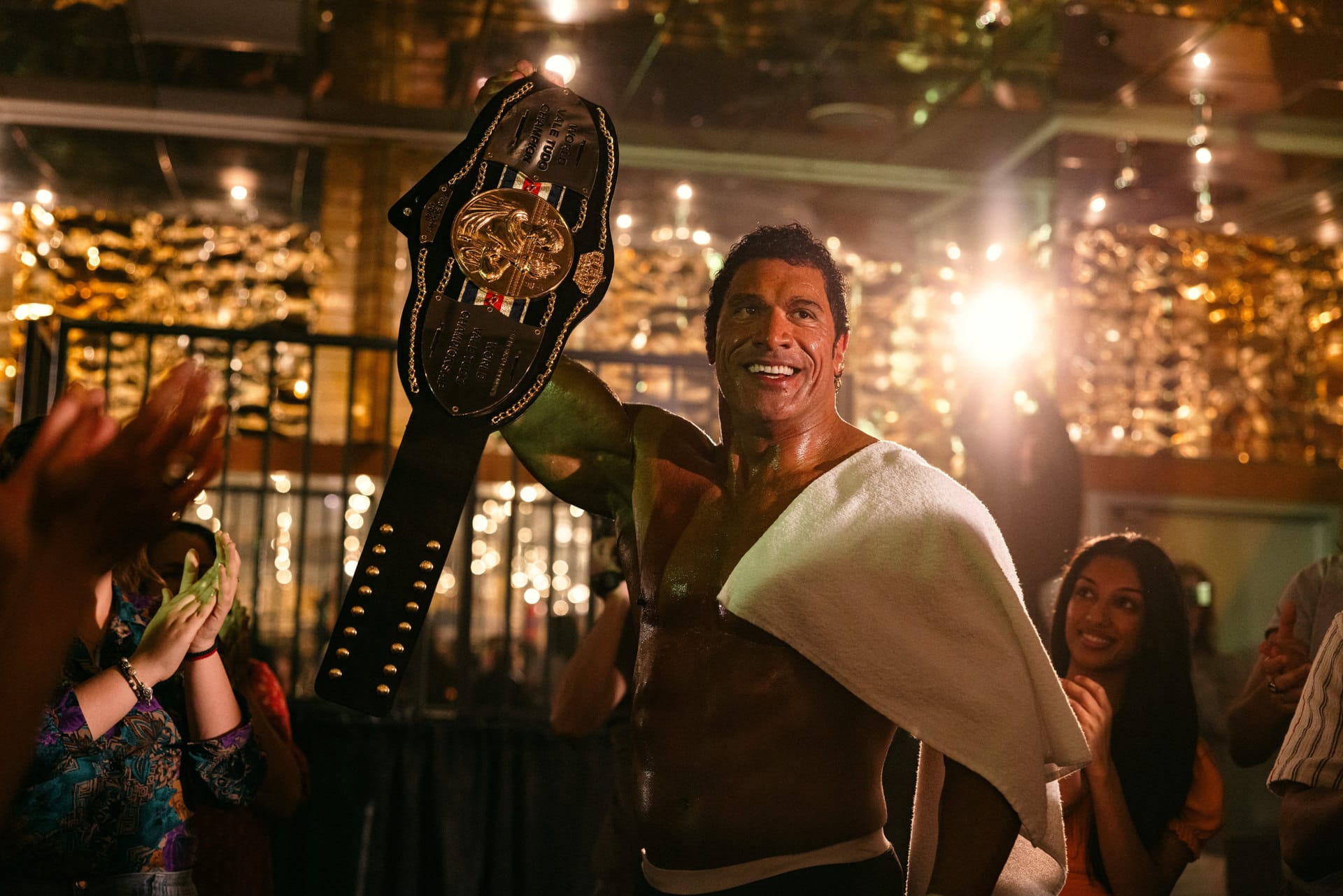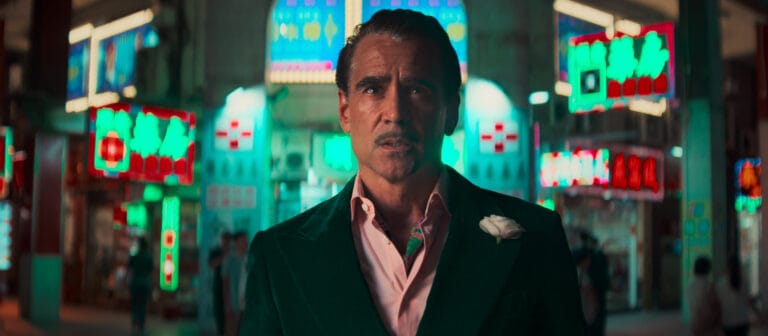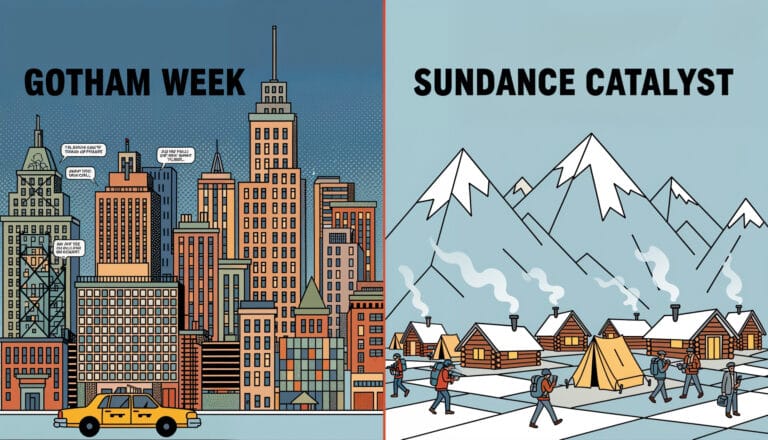Key Takeaways
- Beyond The Rock Persona: Dwayne Johnson completely disappears into the role of MMA legend Mark Kerr in The Smashing Machine, delivering what may be his finest performance to date.
- A Love Letter to Martial Arts: This isn’t your typical fight movie—it’s a meditation on friendship, love, pain, and the hidden cost of celebrity through a deliberately quiet, unconventional rhythm.
- Technical Mastery: From seamless prosthetic work to stunning cinematography (possibly featuring Dehancer plugin), every frame feels intentional and beautifully crafted.
I just saw The Smashing Machine—literally just stepped out of the cinema at CentralWorld in Bangkok—and I have to say, this film is life-changing. For anyone who loves cinema, martial arts, or transformative performances, Dwayne Johnson’s latest film demands to be seen on the big screen.
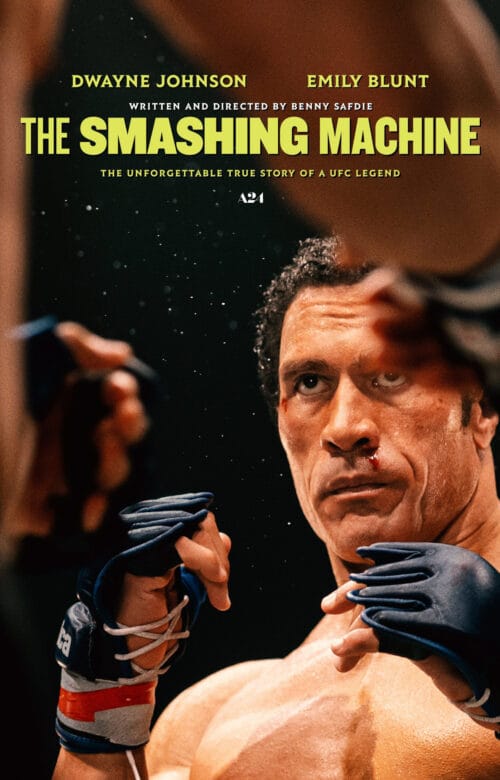
A Different Kind of Fighting Film
The pacing of The Smashing Machine is fascinating for this kind of story. I’ve never experienced a martial arts or fighting movie told with such a quiet, deliberate rhythm. At first, it threw me off balance—I went in expecting the typical adrenaline-fueled fight sequences we’ve come to associate with the genre. But once I settled into its flow, I was completely transported into something far more profound.
This is a film about friendship, love, pain, and the hidden face of celebrity. You feel the immense amount of work, pain, and struggle someone must go through to achieve their dream. It’s also a movie about loss—and how sometimes losing isn’t really a loss, because the journey itself is already a victory. Director Benny Safdie has crafted a beautiful love letter to martial arts that transcends the sport itself, exploring the human cost of dedication and the emotional weight of pursuing excellence at the highest level.
The storytelling approach reminded me of the contemplative pacing we explore in our filmmaking techniques for character-driven narratives, where the emotional journey takes precedence over conventional plot beats.
Dwayne Johnson’s Transformative Performance
In terms of performance, this is, hands down, the best film I’ve ever seen from Dwayne. He doesn’t act as “The Rock” here—he completely disappears into the role of Mark Kerr. Usually, Johnson tends to play variations of himself, bringing his larger-than-life charisma to every role. But in The Smashing Machine, it feels like a true character study, a complete departure from everything we’ve seen from him before.
I don’t know if Johnson went full method for this role, but I genuinely felt like I was watching someone else entirely. The transformation is that complete. This is the kind of performance that could redefine his career trajectory—moving him from action star to serious dramatic actor in the vein of his heroes. I really hope to see more of him exploring complex characters like this, rather than the usual “perfect superhero” archetype that has defined so much of his recent work.
The prosthetic makeup, hair work, and overall physical transformation are seamless—even down to his movements and body language. The production team flawlessly removed his iconic tattoos, further erasing any trace of “The Rock” persona. You completely forget you’re watching Dwayne Johnson, which is the highest compliment you can give a transformative performance. This level of character immersion is what we discuss in our analysis of authentic storytelling techniques.
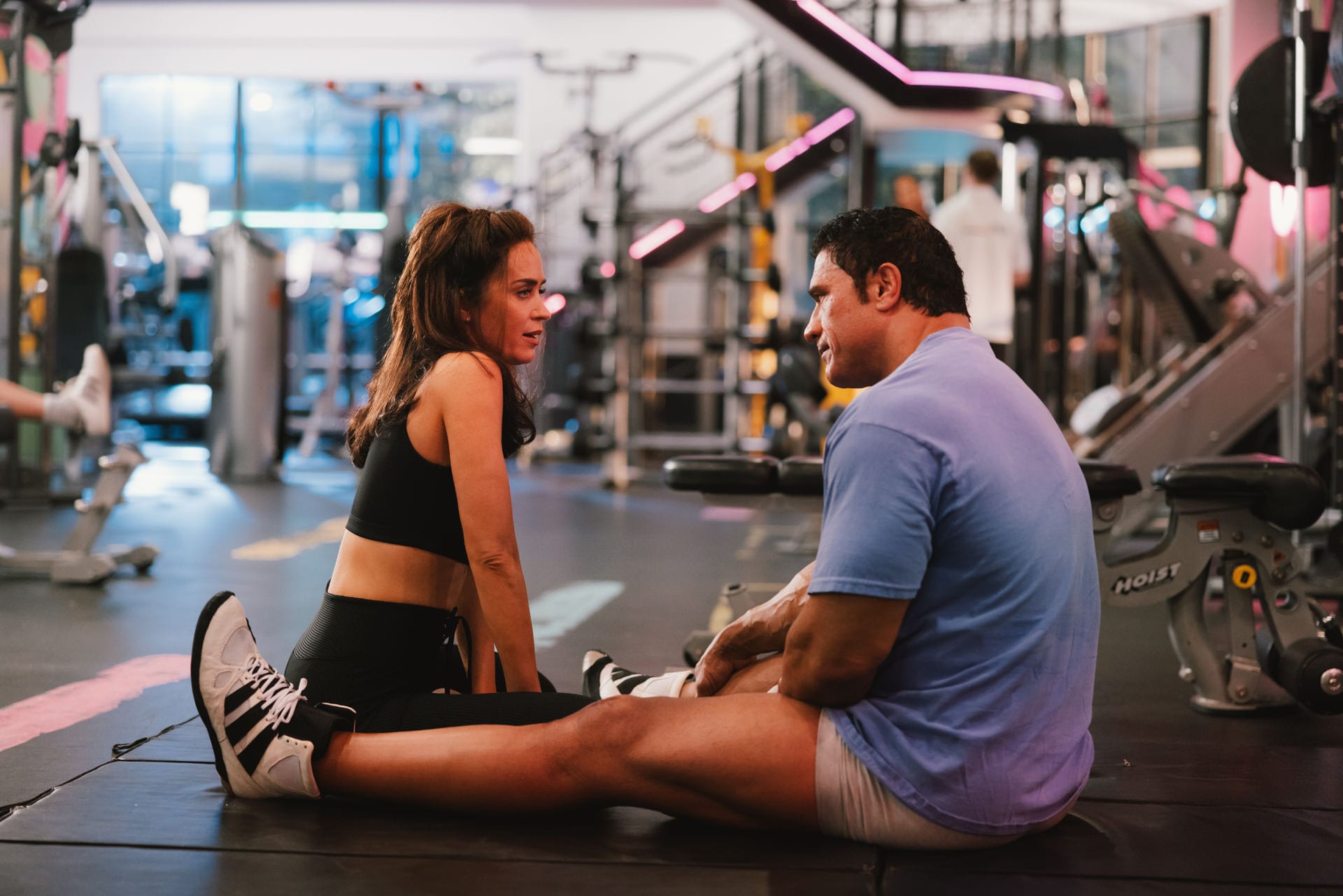
Exceptional Supporting Cast and Authenticity
The supporting cast delivers excellent work across the board. The film almost feels like a hybrid between documentary and fiction—I suspect many real fighters were cast in supporting roles, which adds an incredible sense of authenticity and grounding to the story. This choice reinforces the film’s commitment to truth over Hollywood glamour, making every interaction feel lived-in and real.
This casting approach creates a texture that’s impossible to achieve with traditional actors alone. When you’re surrounded by people who’ve actually lived this life, who understand the physicality and psychology of combat sports at the highest level, it elevates every scene. The camaraderie, the pre-fight tension, the post-fight exhaustion—all of it feels genuine because it is genuine.
Stunning Visual Craftsmanship
The cinematography in The Smashing Machine is absolutely beautiful. The framing, the color grading, the composition of every shot—everything feels intentional and carefully considered. I found myself wondering if they used the Dehancer plugin during post-production; if so, that would make perfect sense, because the film has that textured, filmic quality that Dehancer is known for delivering.
I’ve used the Dehancer plugin myself in DaVinci Resolve for my project with Romeo Elvis in Los Angeles, and I can attest to its power for achieving that organic, film-like aesthetic. It’s a fantastic tool for colorists and filmmakers who want to move away from the clinical digital look and embrace something with more character and soul. (The project was even featured on Dehancer’s official website, which was an incredible honor.)
The visual approach here supports the emotional weight of the story perfectly. There’s a naturalism to the imagery that allows the performances to breathe while still maintaining a strong aesthetic vision. For anyone interested in achieving similar results in their own work, exploring tools like those we discuss in our Midjourney cinematography guide can help you develop your visual storytelling language.
Direction and Musical Choices
Benny Safdie’s direction is excellent throughout. He demonstrates a masterful control over tone, never allowing the film to slip into melodrama despite the emotionally charged subject matter. The pacing choices that initially felt unusual reveal themselves as deliberate and necessary—this story needed space to breathe, to let moments resonate without rushing toward the next plot point.
The musical choices particularly stood out to me—they feel very A24 in spirit, which makes sense given the studio behind the film. The score and song selections always feel unexpected yet perfectly aligned with the emotion of each moment. It’s never obvious or on-the-nose; instead, the music works in counterpoint to the visuals, creating layers of meaning that enrich every scene.
This approach to music supervision reminds me of how we think about blending different creative elements in filmmaking—sometimes the most powerful choices are the ones that surprise you.
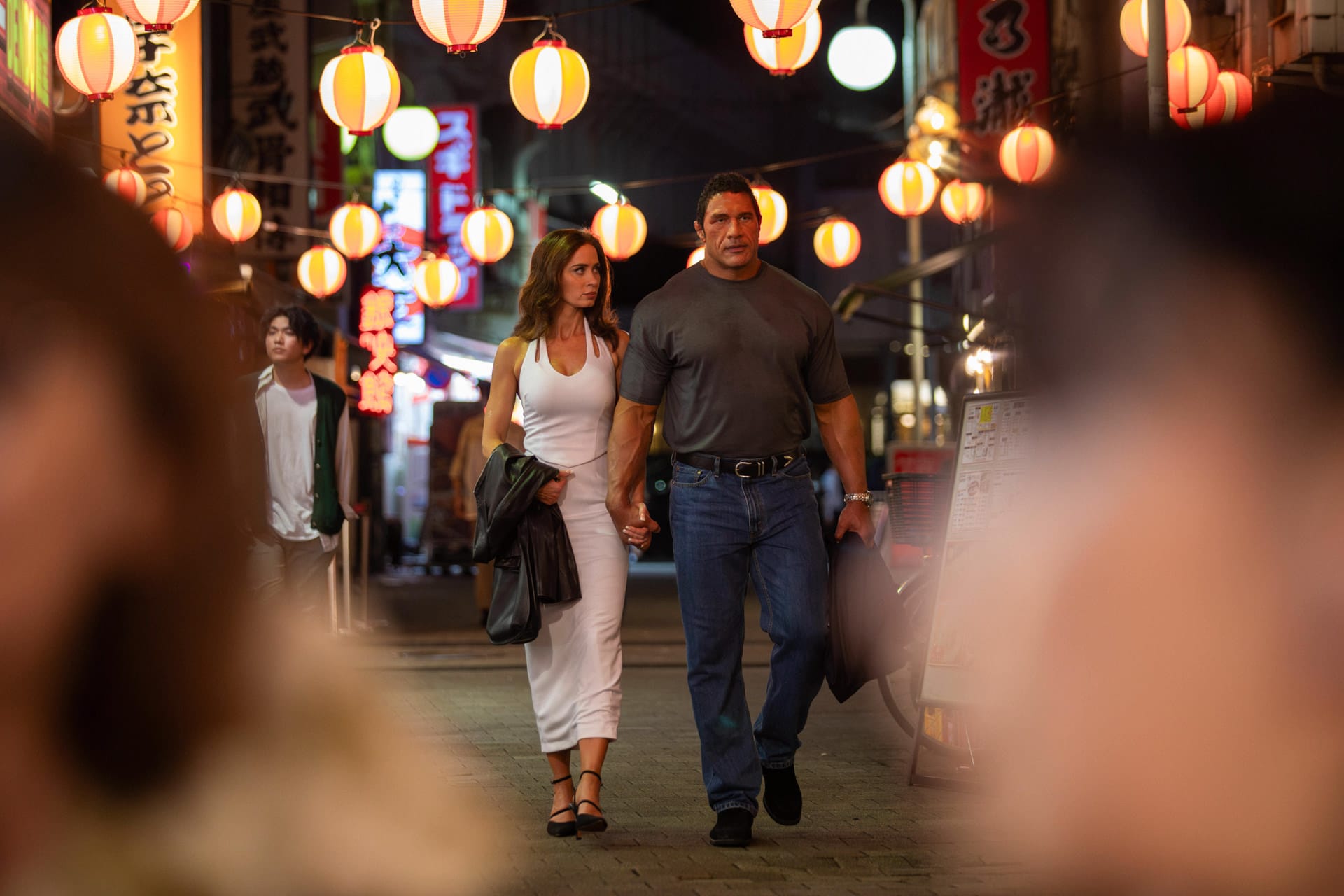
The Bangkok Experience
I caught the final screening at CentralWorld in Bangkok, and I’m so glad I experienced it in that incredible theater. There’s something about seeing a film like this on the big screen, surrounded by other people sharing the emotional journey, that you simply can’t replicate at home. The collective intake of breath during the fight sequences, the palpable tension during Mark Kerr’s personal struggles—these moments become amplified in a theatrical setting.
Bangkok’s cinema culture is thriving, and CentralWorld’s facilities are world-class. If you’re in the area and considering seeing The Smashing Machine, I highly recommend catching it in a premium theater. The cinematography and sound design deserve to be experienced at their full scale.
Support Our Mission
Creating detailed film analysis like this and developing our creative projects takes dedication and resources. If you’ve found value in this review, consider supporting our work by checking out our unique clothing collections and merch. Every purchase directly helps us finance our film projects and continue publishing quality content for the creative community.
Internal Links for Further Learning
- Explore character-driven storytelling techniques with our Filmmaking AI Workflows guide
- Learn about authentic performance and vulnerability in our analysis of Chris Hemsworth’s A Road Trip to Remember
- Develop your visual storytelling language with our Midjourney Mastery Guide
- Understand how to blend creative elements in our article on practical and digital effects
- Check out Hero’s Essentials: Our Favorite Gear & Tools for the equipment we use in our filmmaking projects
- Support our creative work by visiting our clothing store and merch collection
Final Verdict
Overall, I absolutely loved The Smashing Machine. It’s a film that respects its audience’s intelligence, trusts in the power of quiet moments, and showcases what Dwayne Johnson is capable of when given material that challenges him as an actor. This isn’t just another biopic or fight film—it’s a genuine work of cinema that happens to be set in the world of mixed martial arts.
If you love cinema, character studies, or transformative performances, I highly recommend seeing this film. Dwayne Johnson has officially announced himself as a dramatic actor to watch, and I cannot wait to see where he takes his career from here.
That’s all for my post-screening notes from Bangkok. Now go see it for yourself and let me know what you think.
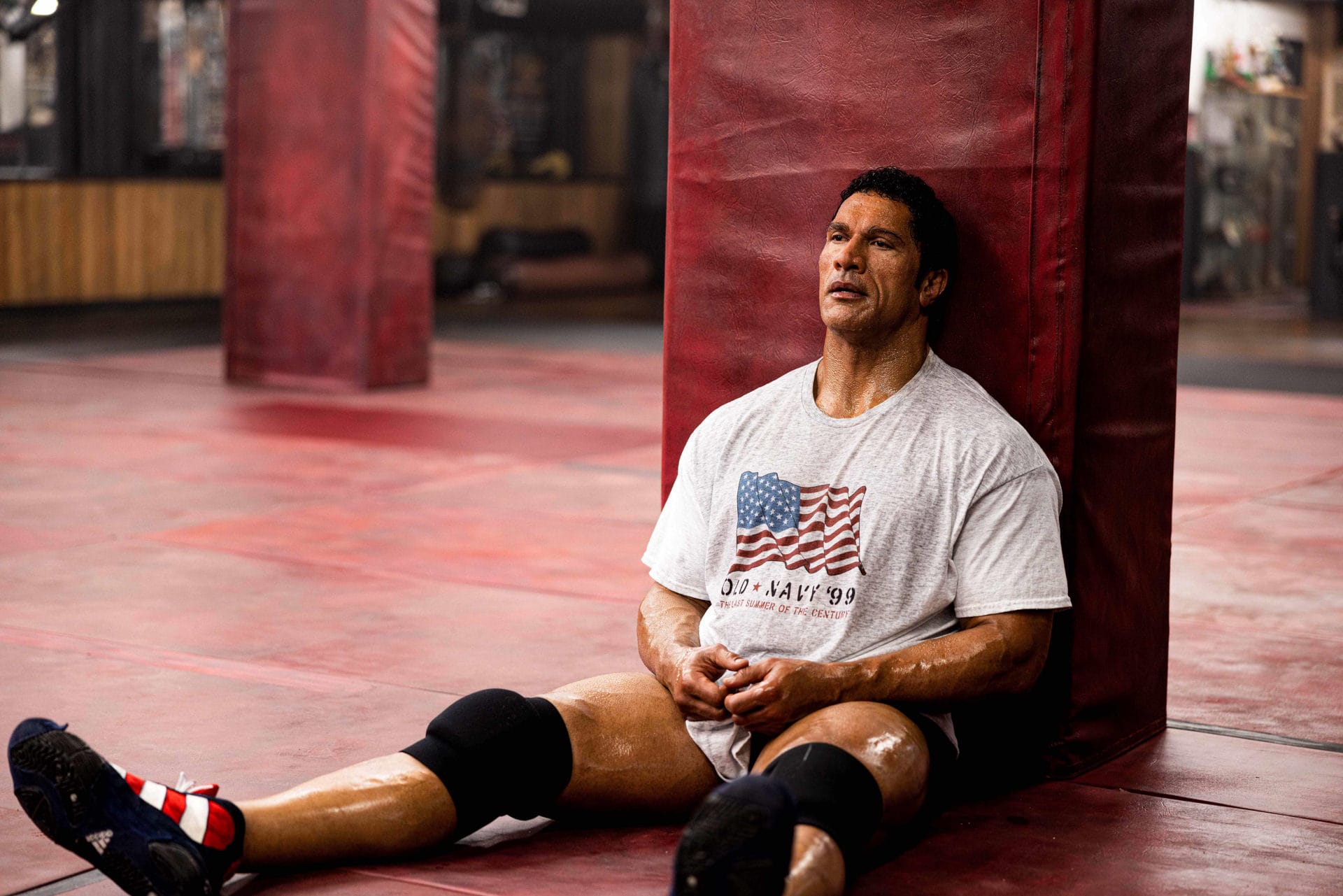
FAQ

Is The Smashing Machine a typical fight movie?
No, The Smashing Machine is far from a typical fight movie. While it centers on MMA legend Mark Kerr, the film focuses more on the emotional and psychological journey of its protagonist than on action-packed fight sequences. Director Benny Safdie employs a quiet, deliberate pacing that prioritizes character development and emotional resonance over conventional sports movie beats.
How is Dwayne’s performance different from his usual roles?
This is arguably Dwayne Johnson’s most transformative performance to date. He completely abandons his “The Rock” persona, disappearing into the character of Mark Kerr through extensive prosthetic work, physical transformation, and a deeply vulnerable emotional performance. It’s a genuine character study that showcases Johnson’s range as a dramatic actor.
What makes the cinematography special in The Smashing Machine?
The cinematography features beautiful framing, intentional color grading, and a textured, filmic quality that may have been achieved using tools like the Dehancer plugin. Every shot feels carefully composed, creating a naturalistic visual approach that supports the emotional weight of the story while maintaining a strong aesthetic vision.
Where can I see The Smashing Machine?
The Smashing Machine is currently playing in theaters worldwide, including premium venues like CentralWorld in Bangkok. The film benefits significantly from the theatrical experience, with its cinematography and sound design best appreciated on the big screen. Check your local listings for showtimes and theater availability.
What is Dehancer and how was it possibly used in the film?
Dehancer is a plugin for color grading software like DaVinci Resolve that adds authentic film grain, halation, and color characteristics to digital footage. The textured, organic look of The Smashing Machine suggests it may have been used to achieve that filmic aesthetic, moving away from the overly clean digital look to something with more character and depth.
Discover more from Olivier Hero Dressen Blog: Filmmaking & Creative Tech
Subscribe to get the latest posts sent to your email.

